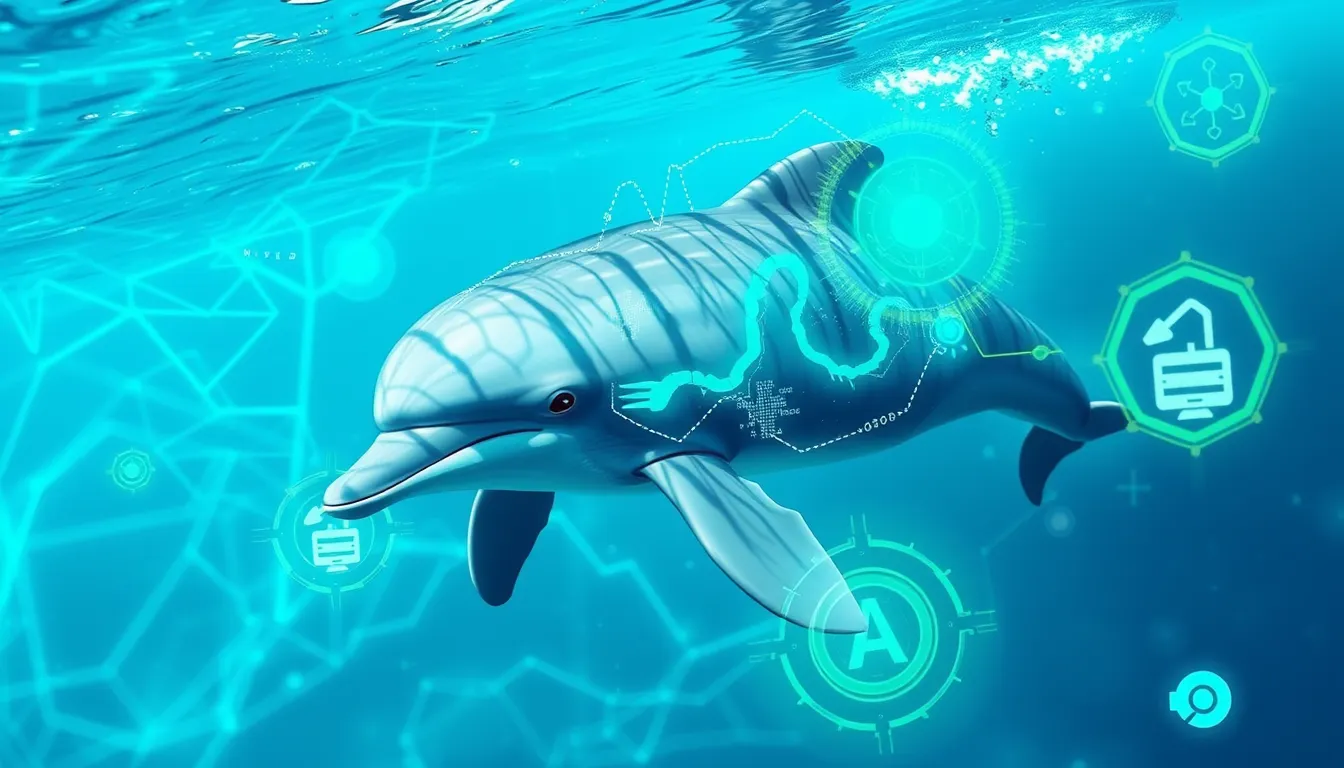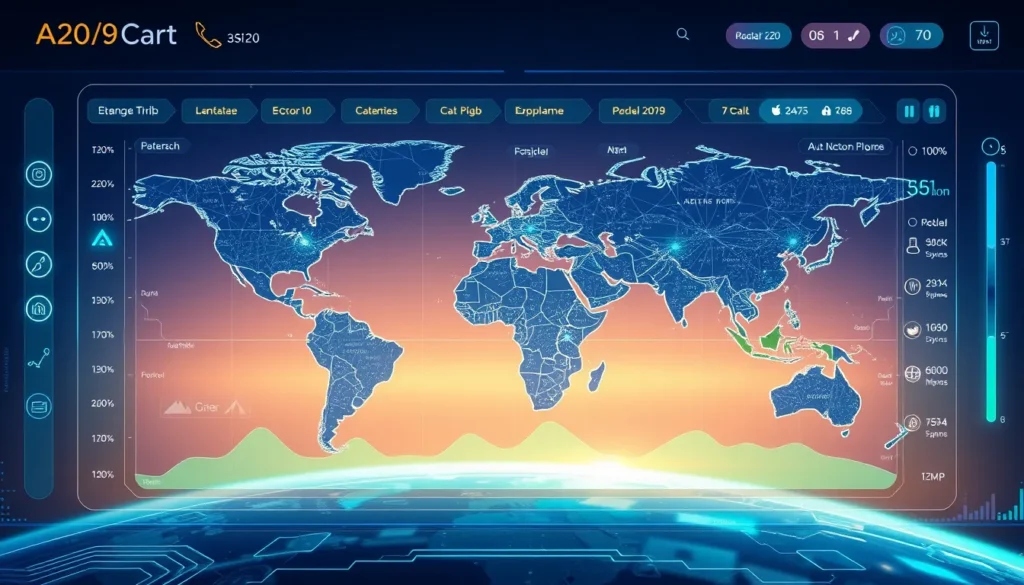Now Reading: Google DolphinGemma: Advancing AI in Dolphin Communication
-
01
Google DolphinGemma: Advancing AI in Dolphin Communication
Google DolphinGemma: Advancing AI in Dolphin Communication

Google DolphinGemma: Advancing AI in Dolphin Communication
Google DolphinGemma represents a groundbreaking milestone in the application of artificial intelligence to marine wildlife research. Developed by Google’s leading AI research team, this innovative model combines advanced neural networks and sophisticated signal processing technology with the aim of decoding the complex communication methods of dolphins. As one of the most intelligent marine species, dolphins exhibit a rich tapestry of sounds—whistles, clicks, and social cues—that have puzzled researchers for decades.
How Google DolphinGemma Translates Dolphin Chatter
Using cutting-edge techniques, Google DolphinGemma leverages advanced neural networks and marine technology to analyze underwater acoustic data. The system meticulously processes vast amounts of audio recordings, identifying subtle patterns and anomalies in dolphin communication. Key features include:
- Integration of state-of-the-art signal processing technology
- Application of machine learning algorithms to decipher dolphin vocalizations
- Use of large datasets from underwater recordings
By breaking down the individual components of dolphin sounds, the AI provides insights into their social behavior, emotional states, and environmental responses. This detailed analysis not only enhances our understanding of animal intelligence research but also paves the way for revolutionary applications in marine ecology AI.
Real-Time Dolphin Behavior Monitoring and Marine Conservation
In addition to its decoding capabilities, Google DolphinGemma is designed for real-time dolphin behavior monitoring. By continuously analyzing acoustic signals, the system can help scientists track changes in dolphin communication that may indicate shifts in ocean health monitoring. Some immediate benefits include:
- Early detection of environmental disturbances
- Improved responsiveness to ecological changes
- Empowerment of conservation efforts through data-driven insights
These features underscore the potential of Google DolphinGemma to serve as an essential tool in marine conservation. Integration with real-time monitoring systems contributes significantly to the timely understanding of how marine ecosystems respond to both natural and human-induced changes.
Ethical AI in Marine Wildlife Research
A significant aspect of this innovative project revolves around the ethical considerations of AI applications in wildlife research. As discussions on ethical AI in marine wildlife research gain traction, experts emphasize the need for responsible technology development. Guidelines and best practices are being established to ensure that:
- The privacy and well-being of marine species are maintained.
- Data collection methods do not disrupt natural habitats.
- The technology is used solely for scientific and conservation purposes.
By carefully balancing innovation and ethical responsibility, Google DolphinGemma sets a benchmark for future research. The project’s ethical framework is designed to foster trust and promote sustainable practices in marine biology.
Translating Dolphin Whistles and Clicks into Actionable Insights
One of the most fascinating aspects of Google DolphinGemma is its ability to translate dolphin whistles and clicks into patterns that human researchers can interpret. This breakthrough innovation is not merely about deciphering sounds—it is about bridging the communication gap between species. For instance, studies such as how Google decodes dolphin chatter offer promising insights into translating these vocal signals, which could eventually lead to:
- Enhanced understanding of dolphin social interactions
- Development of communication models applicable to other animal species
- Advanced conservation strategies based on behavioral analytics
Researchers are excited about the prospect of using such real-time data to monitor animal behavior more closely. By integrating animal intelligence research with sophisticated technologies, scientists believe that this approach will open new avenues for addressing issues related to ocean health and sustainable marine management.
Future Implications for Marine Ecology and Technological Innovation
Looking ahead, Google DolphinGemma is poised to transform how we study and conserve marine life. With its fusion of AI and marine research, the future holds several promising applications:
- Improved real-time data analytics for conservation agencies, such as NOAA, enhancing swift responses to environmental threats.
- Collaborative research initiatives between tech innovators and marine biologists, deepening our understanding of animal behavior.
- Expansion of AI applications in other areas of environmental monitoring, thereby promoting greater ecological awareness and sustainable practices.
Conclusion
In conclusion, Google DolphinGemma stands as a testament to the innovative integration of advanced AI in understanding and protecting our natural world. By focusing on decoding the intricate nuances of dolphin communication, this project is not only advancing the field of dolphin behavior analysis but also contributing to broader marine conservation efforts. As the technology continues to evolve and its real-time applications become more refined, we can expect significant breakthroughs in how we monitor ocean health and foster sustainable marine ecosystems.
For more detailed information on Google’s innovations, visit the official Google website. Moreover, learn more about marine conservation practices at the NOAA website. These partnerships and developments underline the critical role of ethical and innovative AI in shaping the future of environmental science and wildlife research.

























